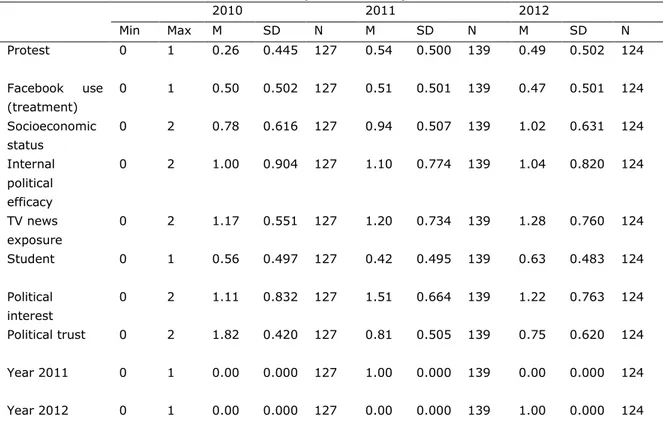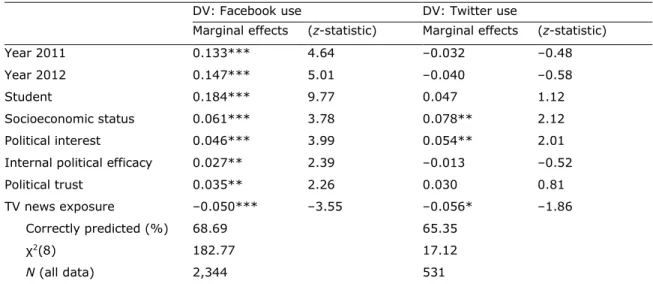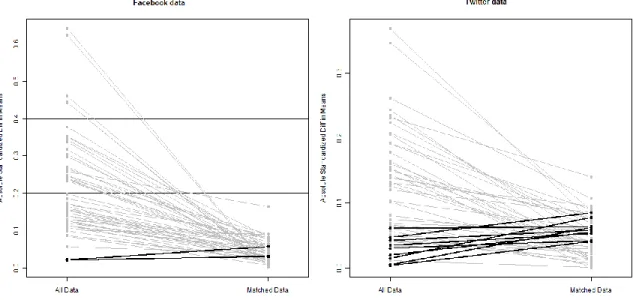Facebook, Twitter, and Youth Engagement: A Quasi experimental Study of Social Media Use and Protest Behavior Using Propensity Score Matching
Texto completo
Figure
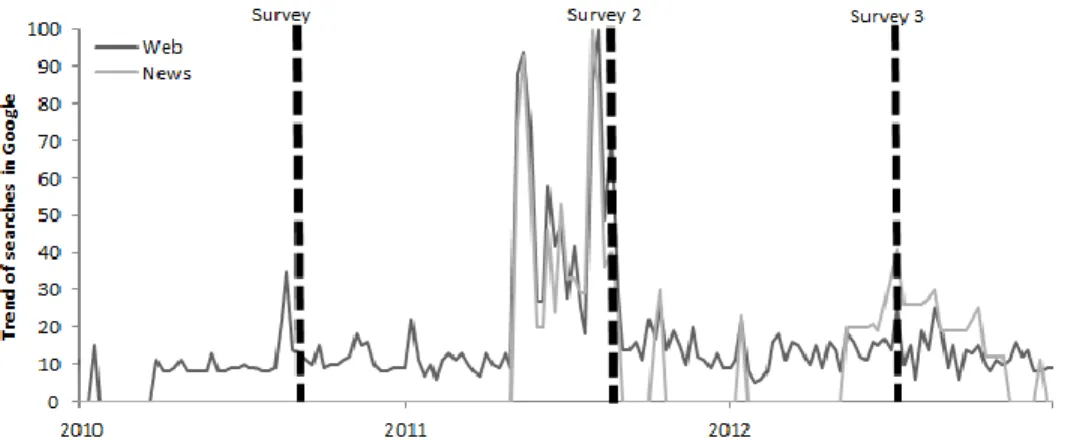
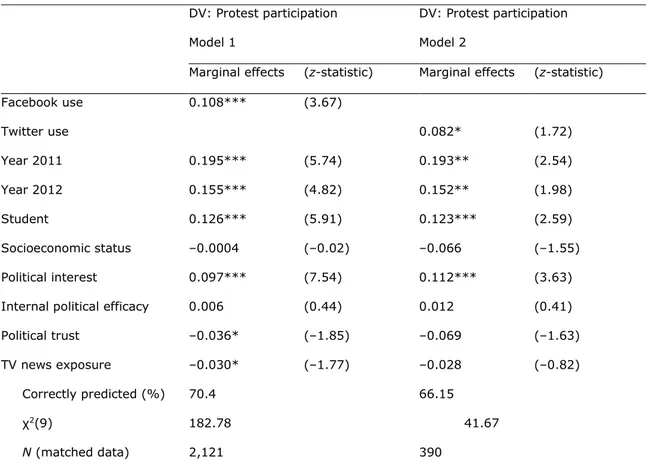
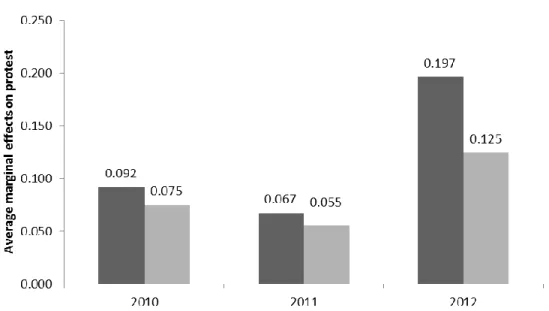
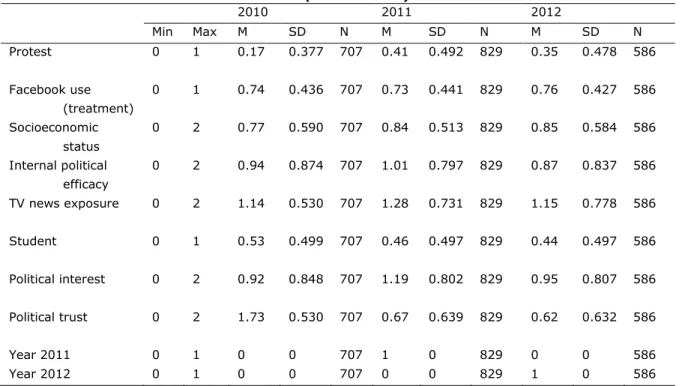
Documento similar
Together whit the increase cuantitative of adult participation in the occidental countries, this article proposes the necessity to promote a type of eduction for adults persons
a) Elements of quantitative nature: social media presence, type of presence (corporate web 2.0, blog and/or social network); social networks which have presence and
Themes: the categories mentioned and explained in the previous section: Alternative and Third Sector Media, Alternative Audiovisual Media, Local and Proximity Media, Social
This article provides a review of the presence of best-ranked Spanish hospitals in social media and an examination of the use of Facebook and Twitter as communication
The “know-how” of these new movements and their ability to drive social transformation are expressions of a framework made up of different strategies to those proposed by
This descriptive analysis of the presence of proximity cyber media in social networks has showed us that the use of social media (as in the case of somosmalasana.com and
Keywords: Alternative media; Communication for social change; Basque Country; Hala Bedi Irratia; pirate radio.. Hypothesis
Ke et al., 2017) and communities on Twitter (Robinson-Garcia et al., 2018) or visualized the topics discussed on social media by using WoS author keywords and hashtags (Haun-
